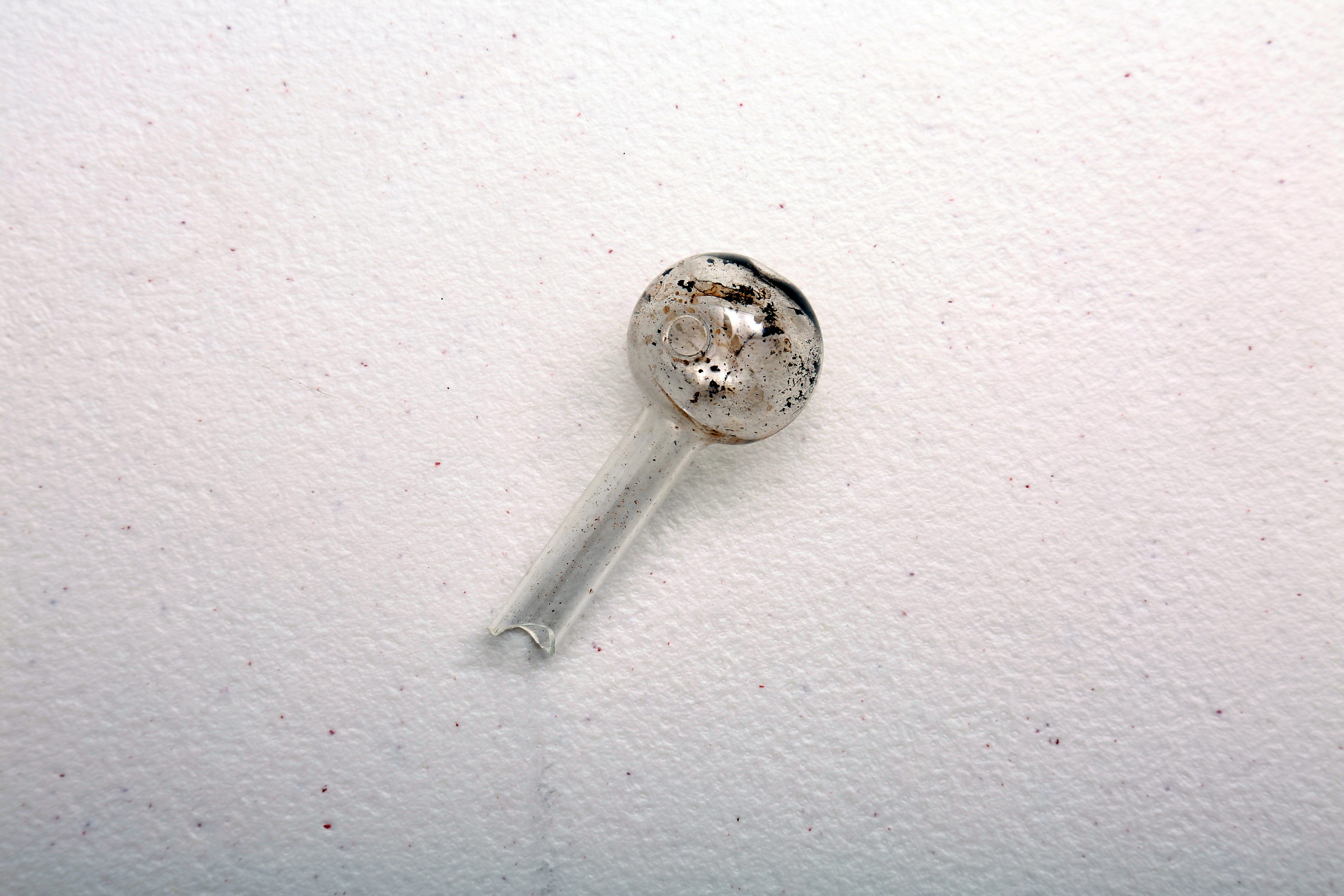
The Shadow of the Opioid Epidemic | Methamphetamine Use is Rising
For those of us personally affected by addiction, it might come as no surprise that when one drug becomes unavailable another drug rises to take its place. Mainly because, those of us who know, know it has nothing to do with the substance and is instead about an illness of the mind, body, and soul.
And we are starting to see the signs of this addiction epidemic being significantly more profound than its defining substances.
It is important to note that the opioid epidemic is claiming lives. Lives that can and need to be saved. However, in the shadow of this crisis, another drug has come to take its place. Methamphetamine. And while the opioid epidemic continues to be the feature of headlines, meth addiction deserves our attention, that is especially true if you live in rural America.
The fact is that methamphetamine use is on the upswing in the United States, overshadowed by the rise in opioid abuse and fatal overdoses.
What is methamphetamine?
Methamphetamine is an addictive drug classified by the DEA as a Schedule II stimulant. It affects the central nervous system, stimulating dopamine receptors in the brain and producing euphoric effects. It can be smoked, snorted, injected or taken by mouth. One form of the drug is crystal methamphetamine, which resembles clear or bluish glass shards. Methamphetamine and crystal methamphetamine are commonly called by slang names including ice, crystal, meth, speed, crank and chalk.
History of Meth
The ingredient initially used to make it, ephedrine, was first synthesized in 1887 and later used to treat asthma. It was often used in the military and by truckers who needed to stay awake. For decades, United States lawmakers have been trying to curtail its use. But each time an ingredient was outlawed, something else took its place.
Meth use began to decline at the beginning of this decade after laws were passed that prevented access to an essential ingredient involved in the production of meth; pseudoephedrine sold over the counter at local pharmacies. But at the same time that was happening people began turning to opiates as an alternative to get high.
Drugs Run in Cycles
It turns out, that meth was only taking a break. When ingredients became difficult to get in the United States, Mexican drug cartels stepped in. Now fighting off meth means seizing large quantities of ready made product in highway stops. The cartels have saturated the market with so much pure, low-cost meth that dealers have more of it than they know what to do with. Some law enforcement officials in Oregon have even said that the dealers are offering meth to customers on credit. The meth as well is nearly 100 percent pure and is only 5 dollars a hit. Making it all the harder for users to resist.
Nationally, nearly 6,000 people died from stimulant use–mostly meth—in 2015. That is a 255 percent increase from 2005 according to the CDC. The percentage of the nations drug overdose toll that was attributed to stimulants inched up to 11 percent of the deaths. United States Customs and Border Protection Statistics show that in the past five years, the amount of meth seized has tripled, while the seizers for other drugs have declined or had only modest increases.
This underscores the reality that in contrast to opioids, healthcare providers have no government approved medications for treating meth addiction. At this time, the only viable approach to treating meth addiction is cognitive behavioral therapy. The National Institute of Drug Abuse (NIDA) has been making research a priority.
Where is it happening?
The states most affected by a rise in methamphetamine use are not surprisingly the same states that have been hit hard by the opioid epidemic. There have been articles and reports coming out of Oregon, West Virginia, Oklahoma, and just recently Massachusetts and Florida.
The Connection to the Opioid Crisis
We all know drug users are simply looking for ways to get high. As they begin to treat their opioid addiction, they switch because meth is cheaper and users don’t feel as sick when they come down. Women say they smoke, snort or inject meth to stay awake at night and avoid rape or theft. Other drug users say they tried meth because they were afraid of overdosing on fentanyl. But now there are reports of fentanyl added to meth, either intentionally or accidentally.
Meth is already interfering with, if not compounding, the opioid epidemic. Patients addicted to heroin or fentanyl are often prescribed a daily medication to curb cravings. Many patients will try meth while in treatment for their opioid use disorder and lose track of that treatment plan.
The new warnings about meth, on top of evidence that cocaine and benzodiazepines are present with fentanyl in the vast majority of overdose deaths, suggest we no longer have an opioid specific epidemic and we haven’t. We have an addiction epidemic that is becoming far more apparent than ever.